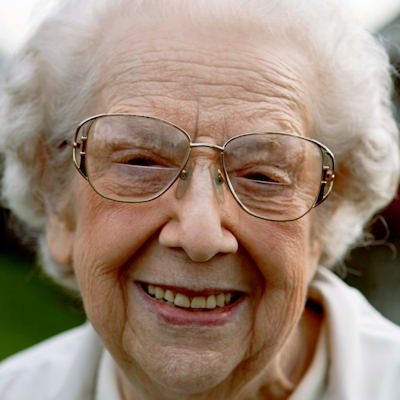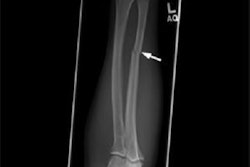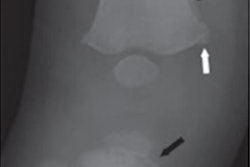
Diagnostic radiologists are well-positioned to identify injury patterns suggestive of elder abuse, as many geriatric injury victims undergo x-ray imaging on presentation in the emergency department (ED), according to a study published in the December issue of the American Journal of Roentgenology.
 Dr. Tony Rosen from Weill Cornell.
Dr. Tony Rosen from Weill Cornell.
One way radiologists could help address the problem is by developing a list of pathognomonic identifiers -- that is, findings that clearly point to abuse -- for elderly patients, lead author Dr. Tony Rosen told AuntMinnie.com. Rosen is an emergency physician with Weill Cornell.
"There are a number of pathognomonic identifiers for child abuse -- an old rib fracture, for example," Rosen said. "But it's harder with an older adult. If you see evidence of an old rib fracture in an older patient, for example, the first thought isn't necessarily abuse. It would be great if radiologists could help define a set of imaging markers for older patients that would prompt follow-up."
Lack of training?
Rosen and colleagues sought to assess radiologists' knowledge, attitudes, training, and practice experience in identifying elder abuse. To do this, the team conducted interviews with 19 radiologists using a semistructured interview format; interviewees were attending physicians with a range of post-training experience, as well as residents. Among the attending physicians, six were emergency radiologists and seven were neuroradiologists.
Of the radiologists interviewed, only two reported any training -- formal or informal -- in elder abuse detection. All of the study participants believed they had missed cases of elder abuse, and all stated they would like training in the area.
"Training in elder abuse for diagnostic radiologists is clearly lacking," Rosen and colleagues wrote. "Despite this, radiologists overwhelmingly expressed a desire for additional knowledge about elder abuse. This suggests that an opportunity exists to incorporate elder abuse detection into diagnostic radiology curricula."
Combined with a lack of training is the fact that radiologists often don't receive detailed patient histories from their physician colleagues in the emergency department. As one of the study participants stated in the AJR paper: "The ED does not usually provide us with a good history ... I may just get 'fall' or 'found down' ... I don't know if they were found down in a nursing home, in their own home, or ... in the street."
As well as more complete patient histories, participants in the study also emphasized the need for collaboration with treating clinicians to better identify elder abuse. Learning about a provider's suspicions about a patient would significantly alter their analysis of the x-rays, they said.
"If the [treating physician] might raise a suspicion ... based on ... interviewing the patient and family members ... it ... might raise some alarm bells for us to read [the radiographic images] in a different way," one interviewee is quoted as saying.
Study participants suggested a number of imaging findings that could indicate elder abuse:
- Upper, posterior, or multiple rib fractures
- Multiple subdural hematomas, especially of different ages
- Skull fractures
- Small bowel hematomas
- Injuries in multiple stages of healing
- Injuries inconsistent with reported mechanism
- Multiple fractures and head trauma
- Spiral fracture
Team effort
Rosen sees opportunity not only for radiologists, but also for technologists to address the problem of elder abuse.
"The radiology suite offers a space for a more private interview, away from the patient's potential abuser, who may be the person who brought the patient in," he said. "Perhaps technologists could do some basic screening while prepping the patient for imaging."
In any case, the ED offers the opportunity to identify interpersonal violence or neglect, as a patient often receives more thorough treatment than he or she might during an office visit, according to Rosen.
"It makes sense that since radiology plays such a big role in identifying child abuse, it could also play a big role in identifying elder abuse," he said.




















